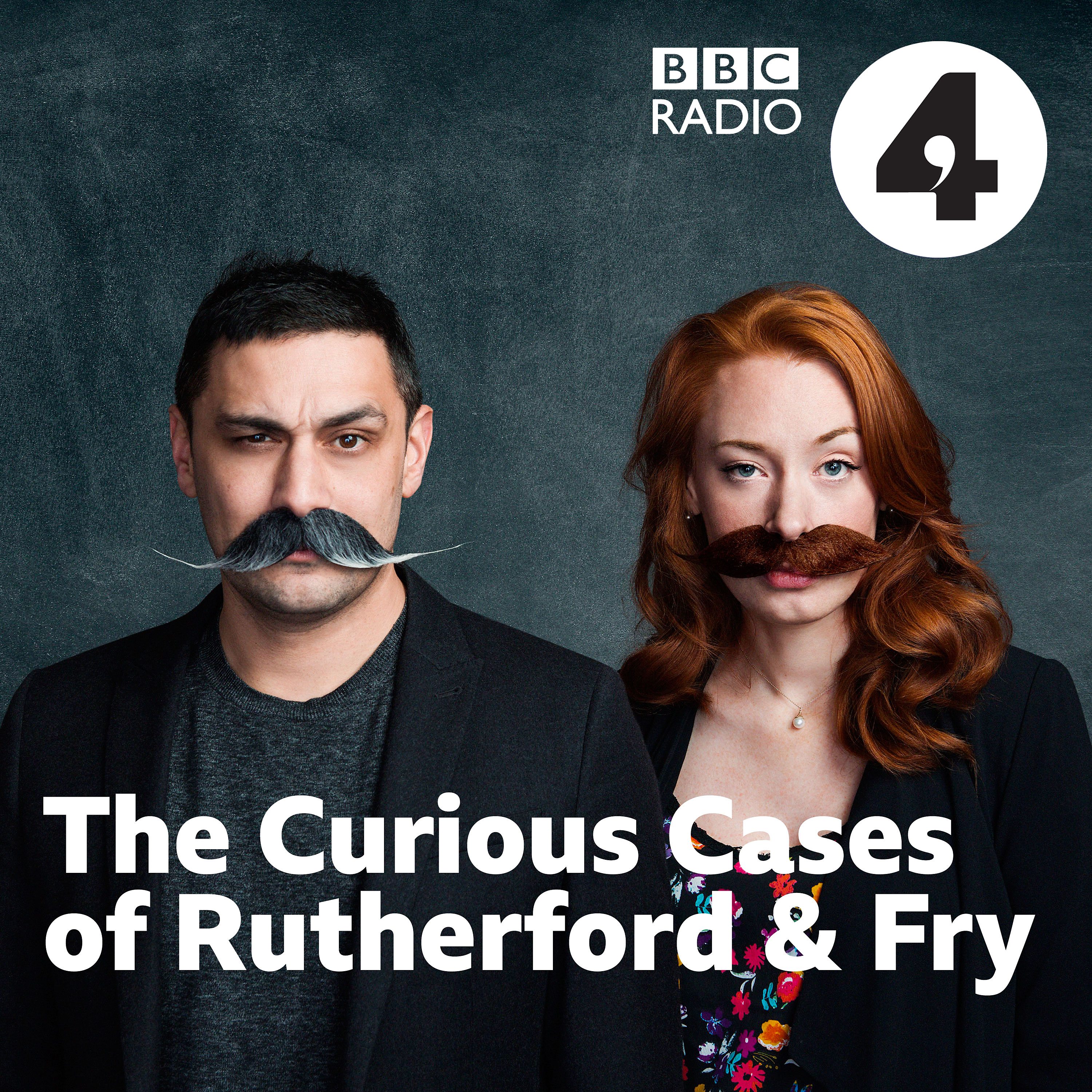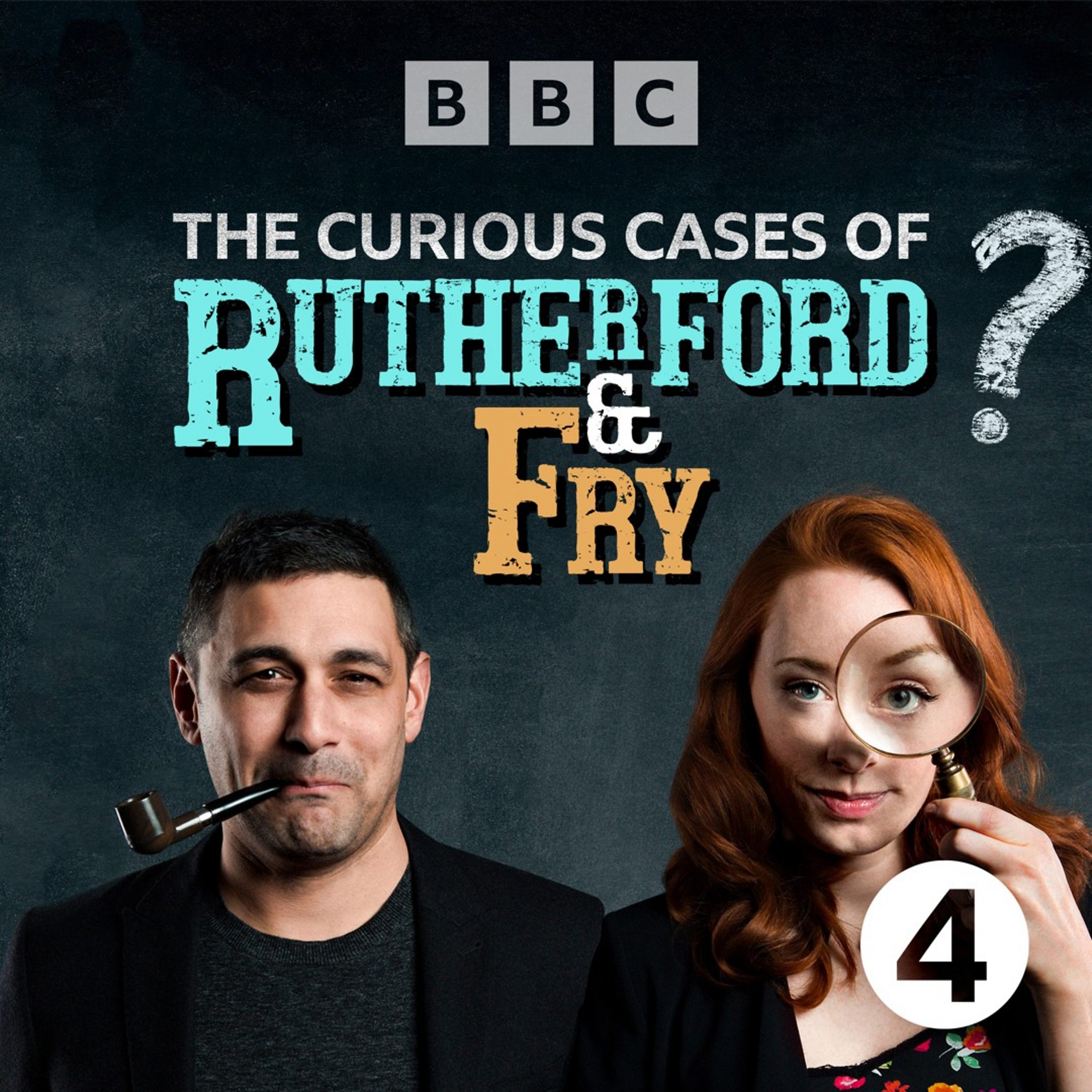
The Good and Bad in Fungi
Curious Cases
"Why are some fungi helpful and others harmful?" asks Paul Glaister in Reading. Rutherford and Fry try to outdo each other with fungal top trumps to get to grips with the answer.
Decomposition ecologist Lynne Boddy, Professor of Microbial Ecology at Cardiff University, helps Hannah calculate the amount of dead plant material we’d be buried in across the globe, if we didn’t have fungi to recycle it. And she describes her first fungal encounter in her student flat which was riddled with dry rot, and explains how without fungi, we wouldn’t have plants.
On Adam’s team is Curator of Mycology, Dr. Bryn Dentiger, at the Natural History Museum of Utah. Bryn tells Adam that he can’t think of a single food that doesn’t have some association with fungus. And the links are mostly positive rather than just mould on the top of your jam or rotten fruit in your fridge. He introduces Adam to the Humungous Fungus – the biggest living organism on Earth - and they get excited at the prospect of 20,000 different fungal sexes.
The pros and cons of fungi don’t stop there. Microbiologist Dr. Ada Hagan, in Michigan lists some of the fungal diseases we’re prone to, and the numerous drugs derived from fungi that help treat a whole host of common diseases.
Presenters: Hannah Fry & Adam Rutherford Producer: Fiona Roberts
A BBC Audio Science Unit production, first broadcast on BBC Radio 4 in 2020.
Next Episodes

The Martian Mission @ Curious Cases
📆 2020-12-15 16:30 / ⌛ 00:42:41

The Hamster Power Hypothesis @ Curious Cases
📆 2020-12-08 16:30 / ⌛ 00:38:10

We’re back! @ Curious Cases
📆 2020-12-01 17:00 / ⌛ 00:11:03

The Space Burrito @ Curious Cases
📆 2020-07-14 16:30 / ⌛ 00:34:11

The Zedonk Problem @ Curious Cases
📆 2020-07-07 16:30 / ⌛ 00:40:38